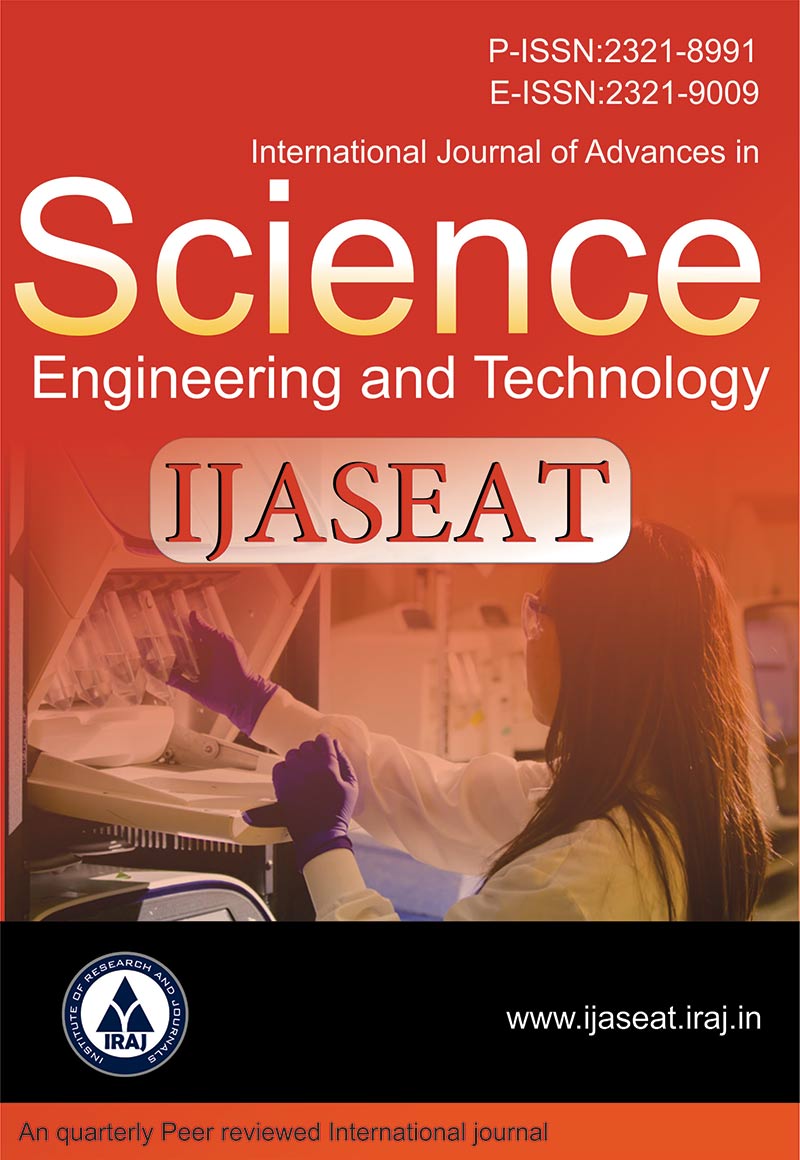Publish In |
International Journal of Advances in Science, Engineering and Technology(IJASEAT)-IJASEAT |
 Journal Home Volume Issue |
||||||||
Issue |
Volume-5,Issue-1, Spl. Iss-2 ( Feb, 2017 ) | |||||||||
Paper Title |
Importance of Modeling and Simulation: A Vital Systems Engineering Technique | |||||||||
Author Name |
Shoaib M. Shaikh, Muzaffar A. Shaikh | |||||||||
Affilition |
Florida Polytechnic University College of Innovation and Technology Science and Technology Management Lakeland, FL 33805, U.S.A. 863 874 8530 Florida Institute of Technology College of Engineering Department of Engineering Systems Melbourne, FL 32901, U.S.A. 321 674 7345 | |||||||||
Pages |
121-124 | |||||||||
Abstract |
This paper describes the importance of Modeling and Simulation (M&S) as a vital technique in the context of Systems Engineering [1]. In today’s globalization of businesses, corporations are facing stiff competition at a worldwide level. This is translating into corporations attempting to minimize the cost of modifying their existing systems or developing new systems. To achieve this, they are rapidly resorting to Systems Engineering (S.E.) tools and techniques. At the heart of S.E. techniques, lies modeling and simulation which provides a very valuable glimpse at potential system flaws before its actual modification or development. This results in significant ‘cost reduction’ due mainly to avoidance of unnecessary effort that goes into the rework and redesign, if there is direct development of a system without first modeling it. In this paper, we first introduce M&S concepts. Second, we examine them in the light of systems engineering with illustrative examples. Next, we present three types of models - - Analytical, Simulation, and Hybrid. Analytical Models are formula-based [2]. They are useful when enough information is not available about a system especially when the system requires the use of equations and algorithms. Simulation Models are descriptive in nature and usually, they are more detailed than analytical models [3]. Hybrid Models embed formulas and equations within a larger simulation model [4]. Scientific and engineering applications usually employ hybrid models. After presenting the three types of M&S models, we compare Analytical versus Simulation models based on their uses, development cost, and accuracy [5]. Lastly, we give a few examples of industry applications of M&S models for the benefit of readers. | |||||||||
| View Paper | ||||||||||